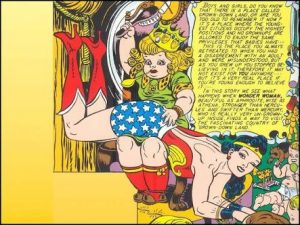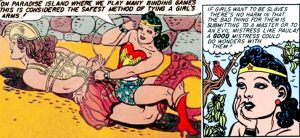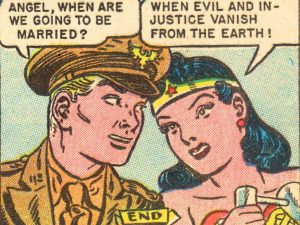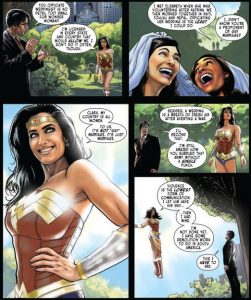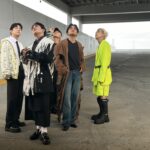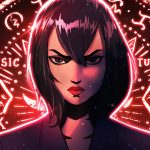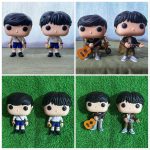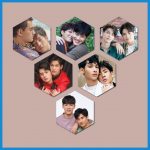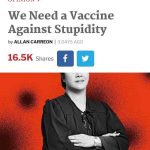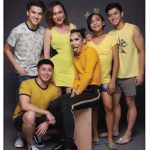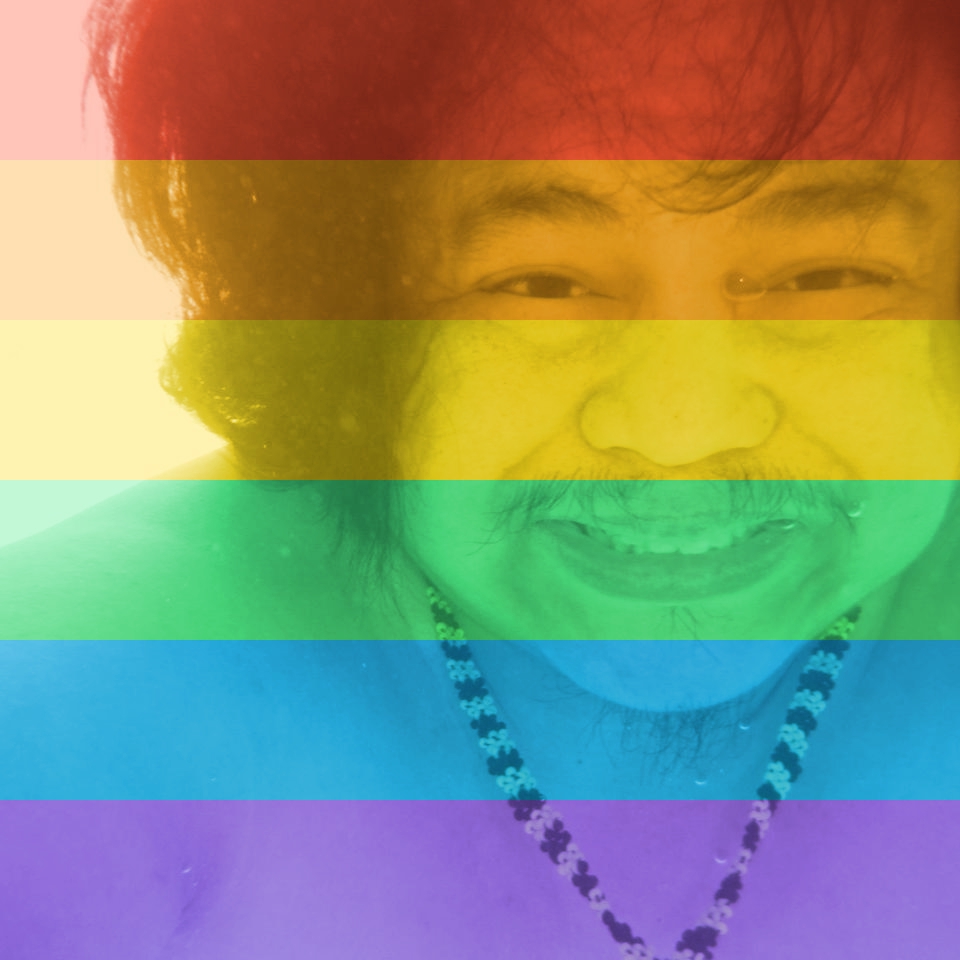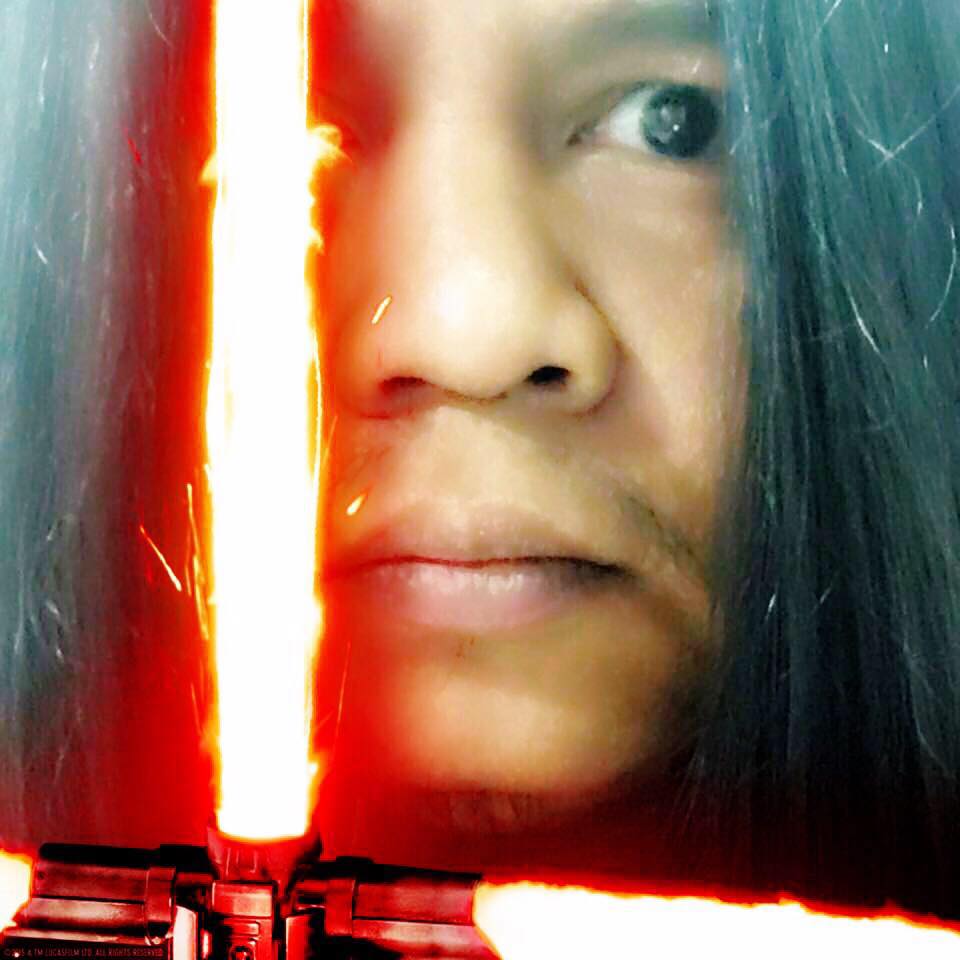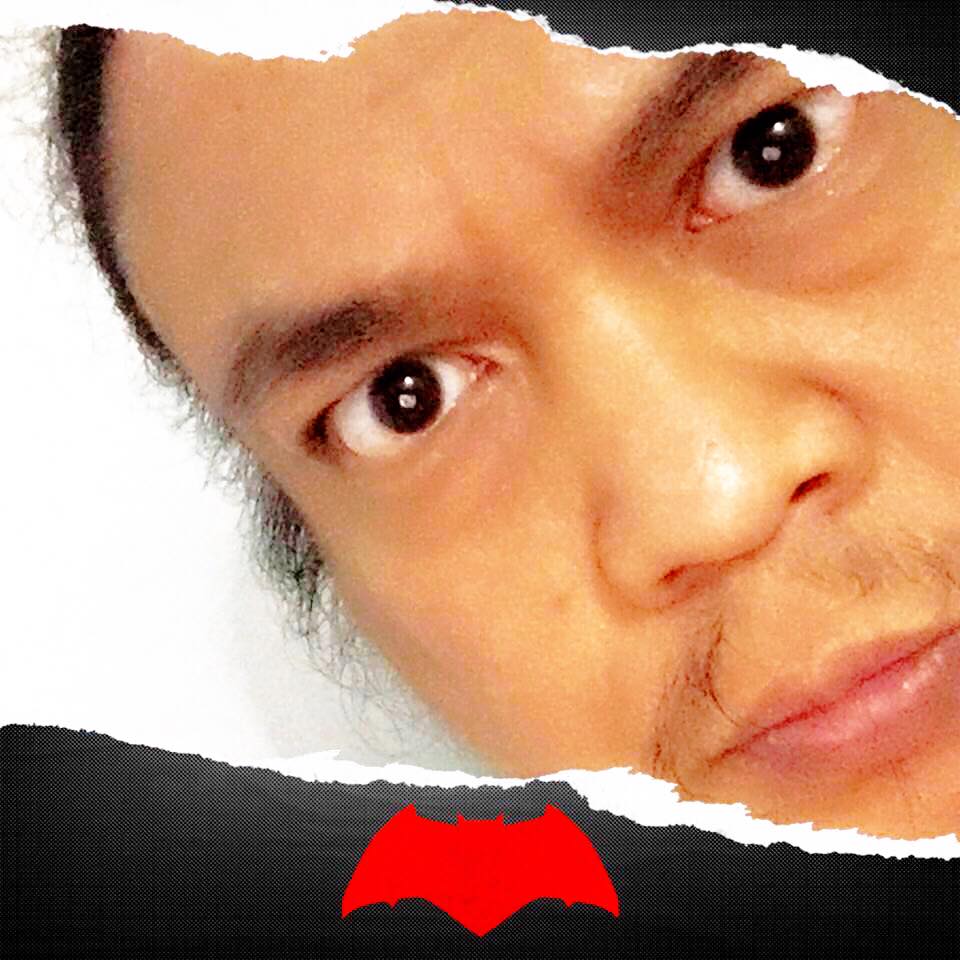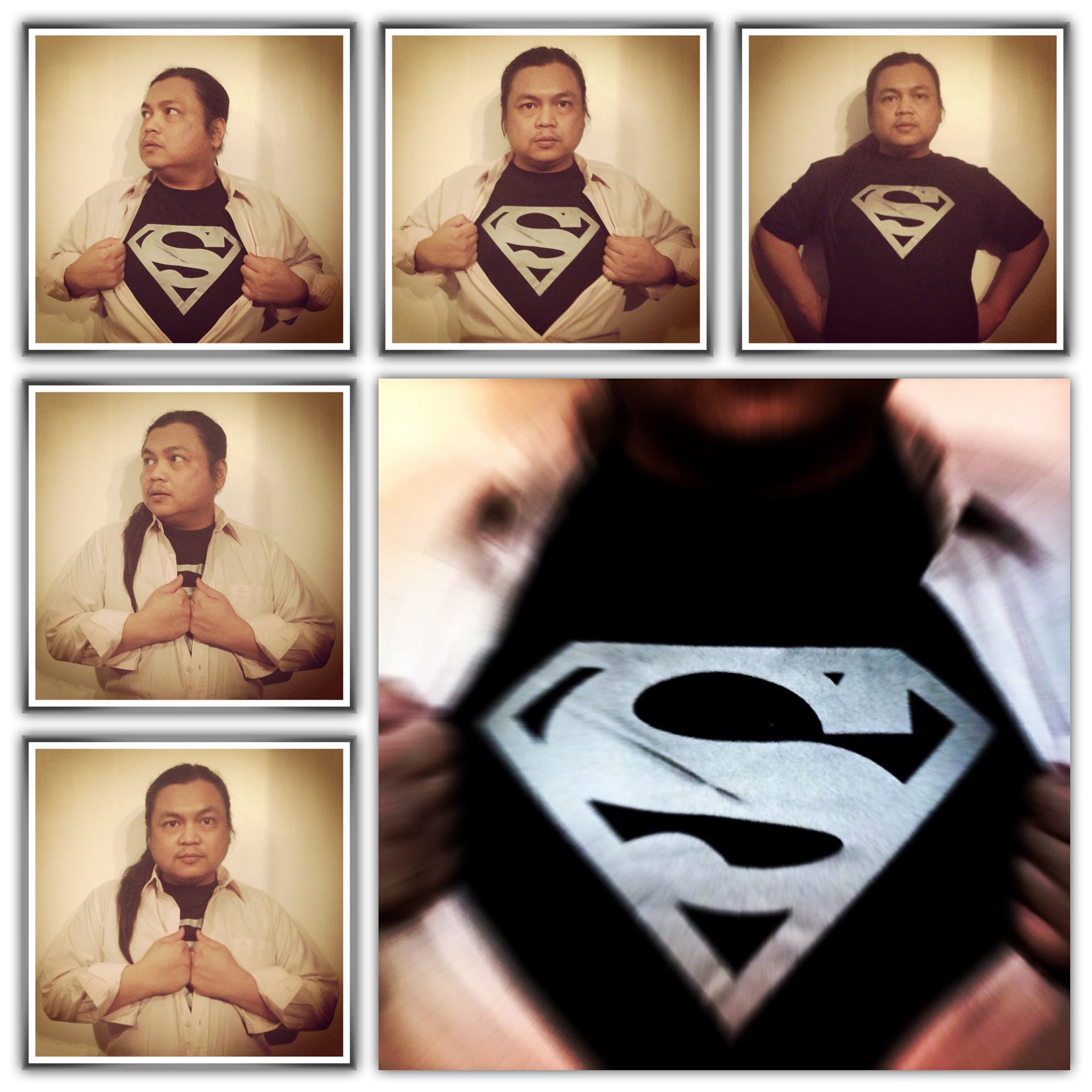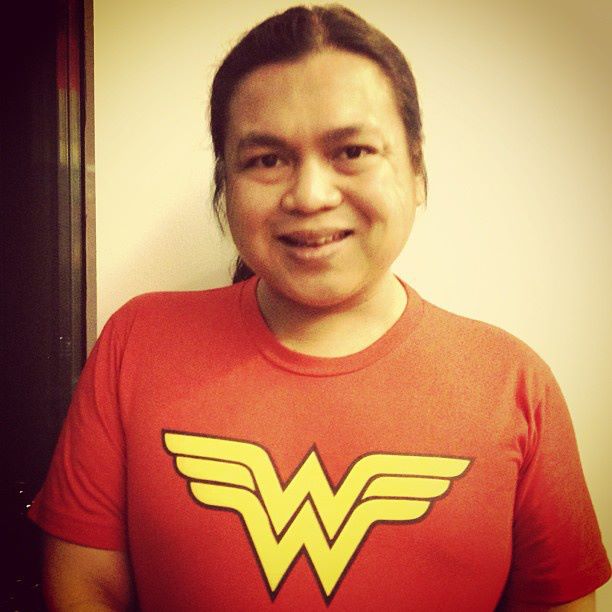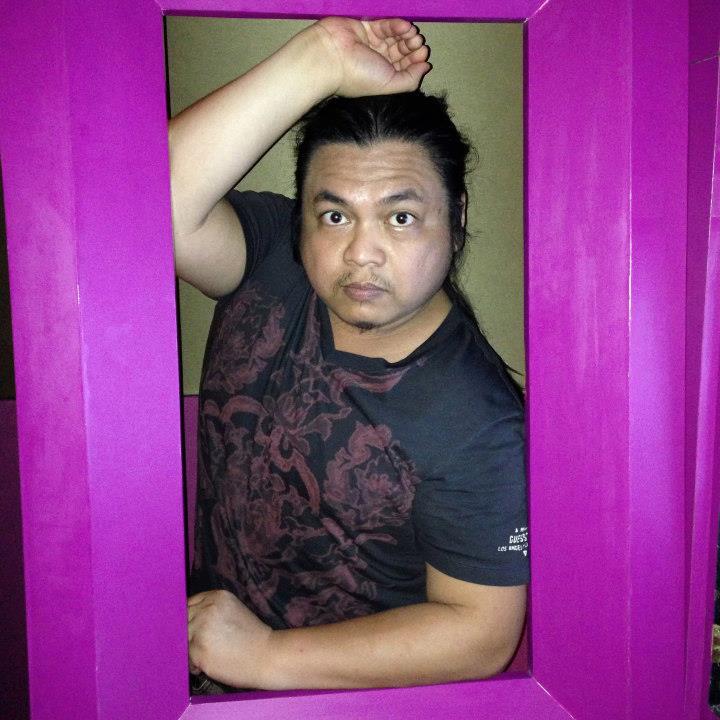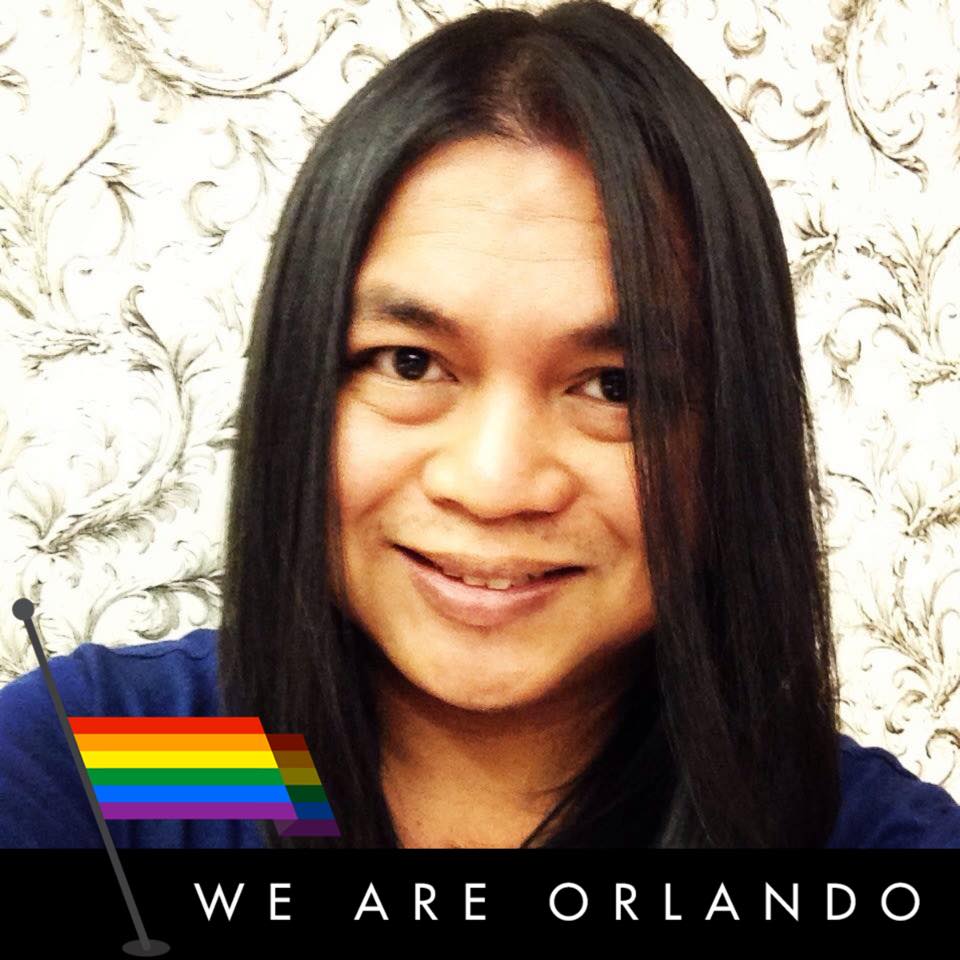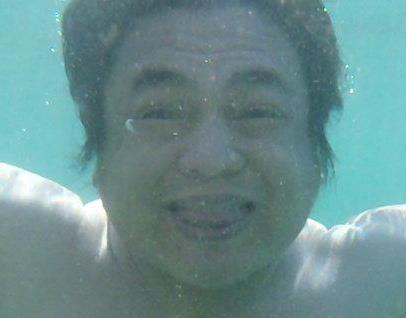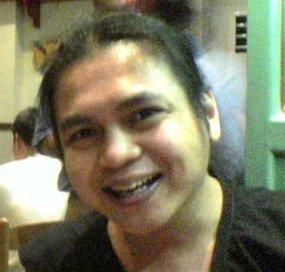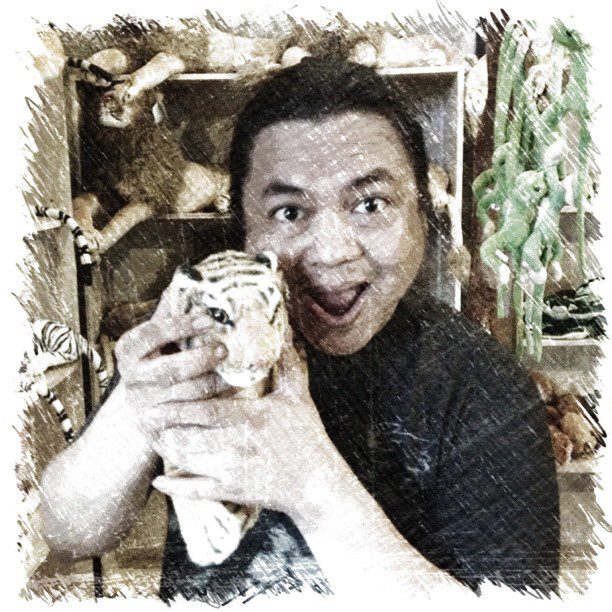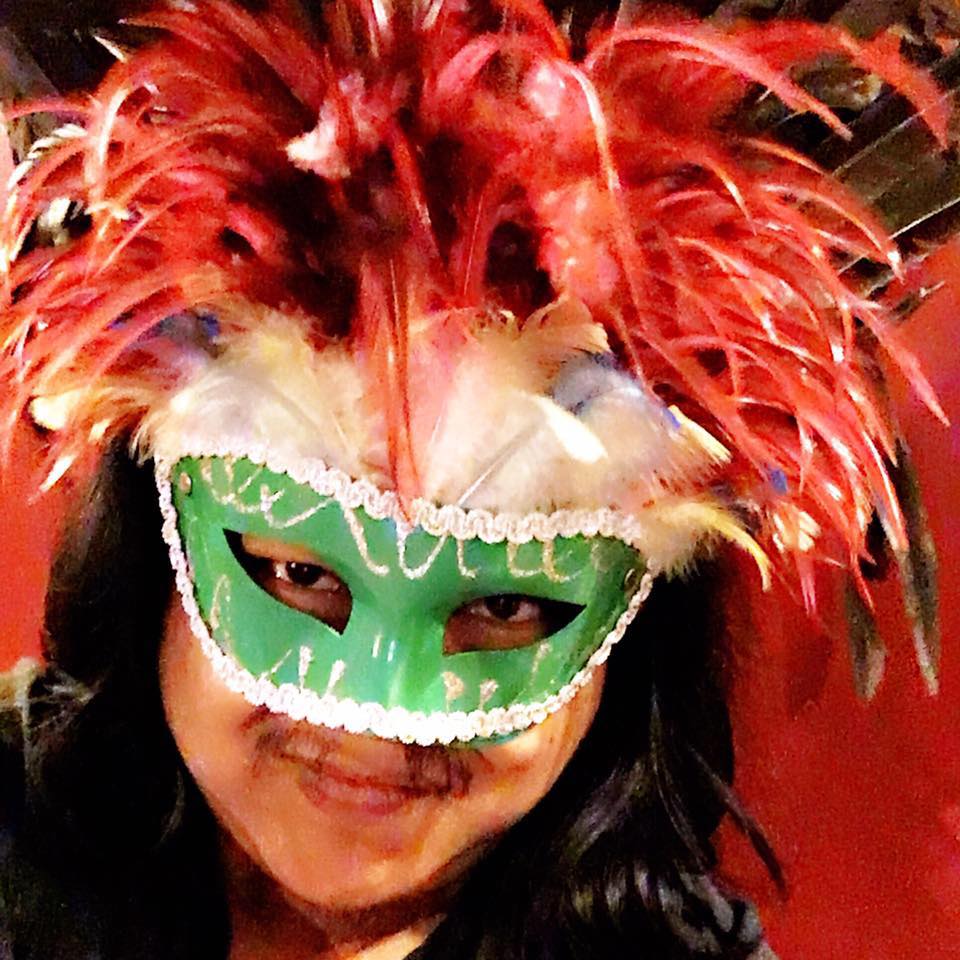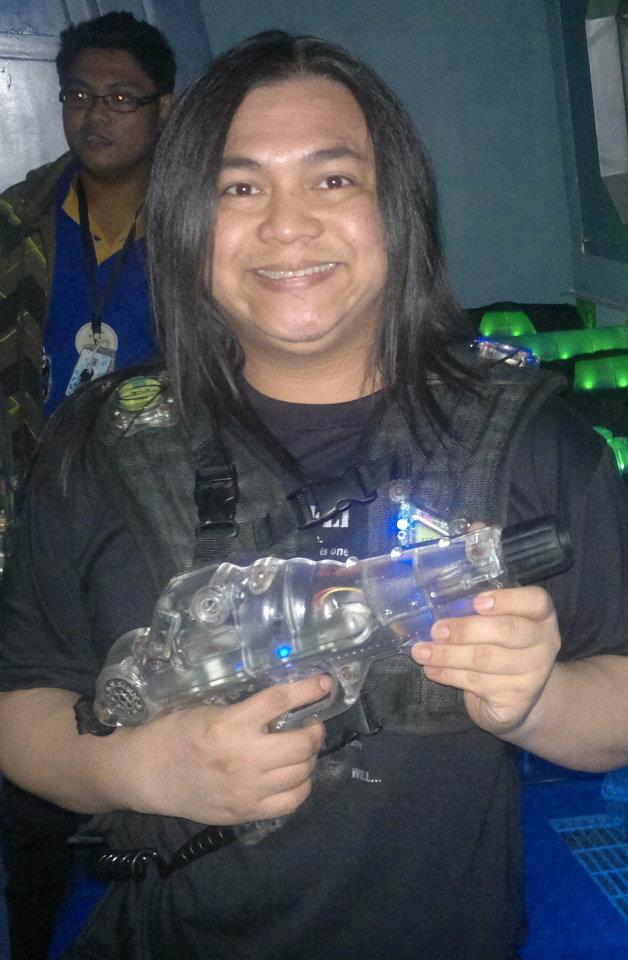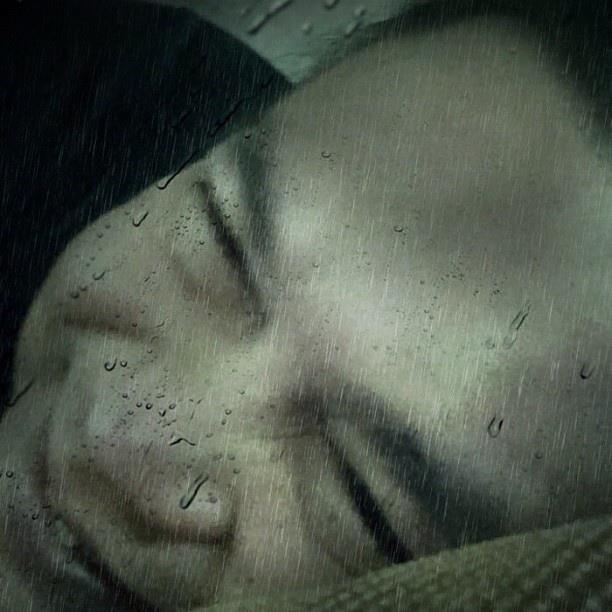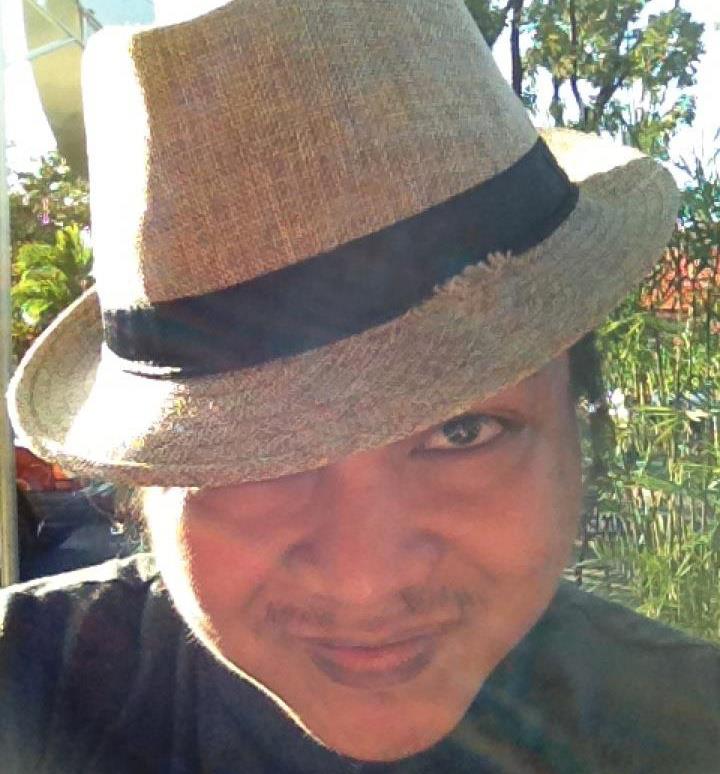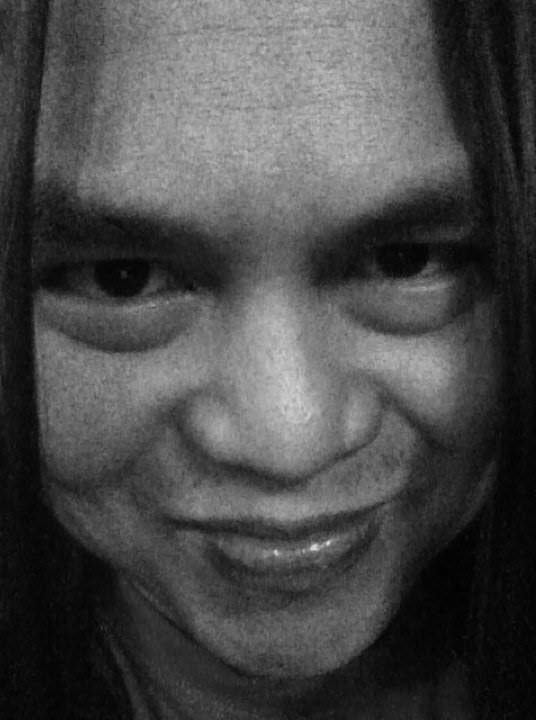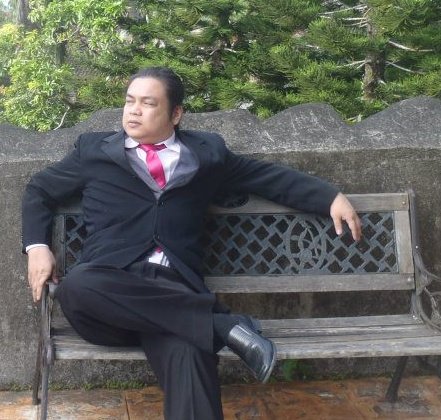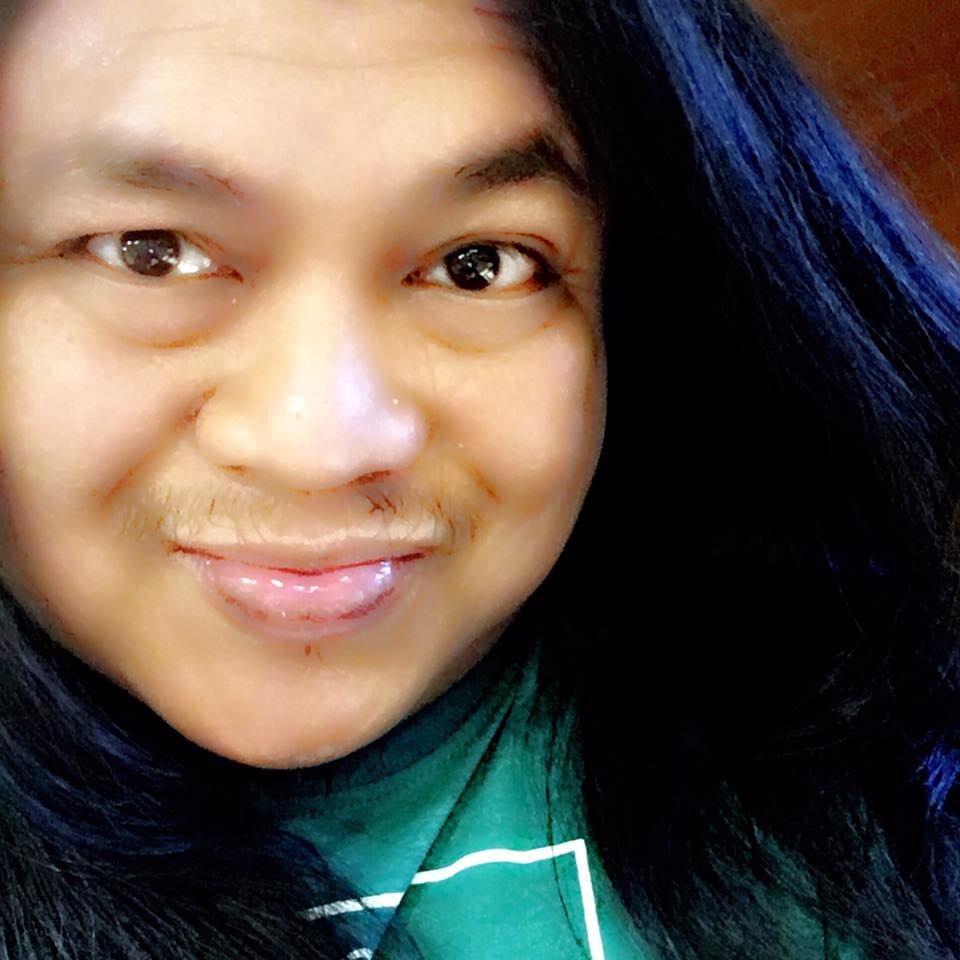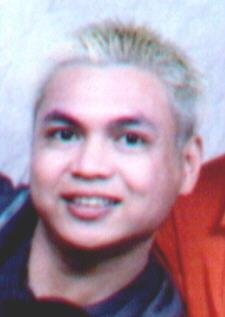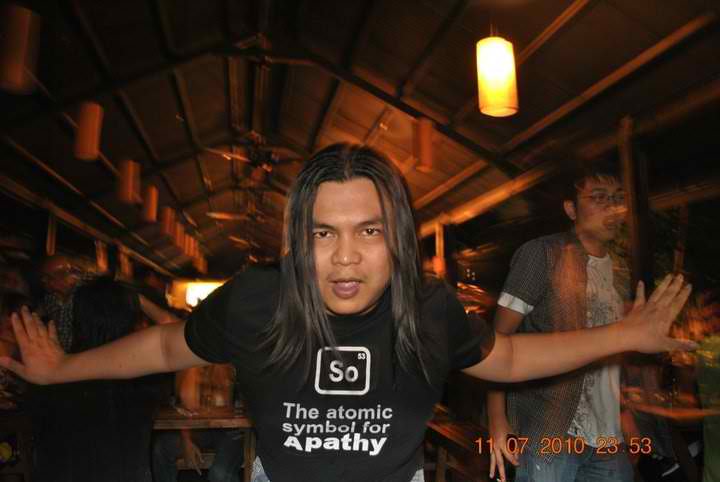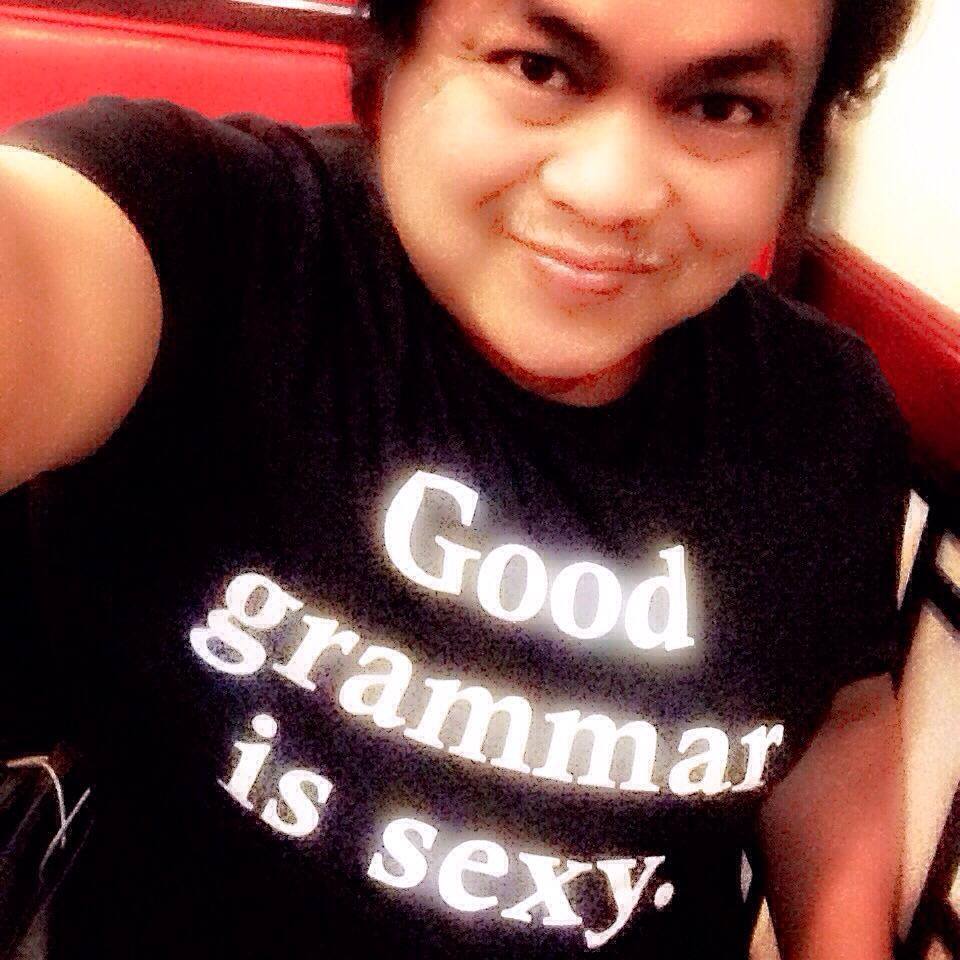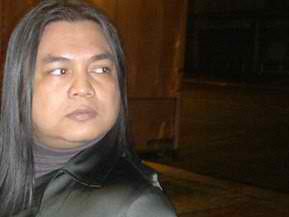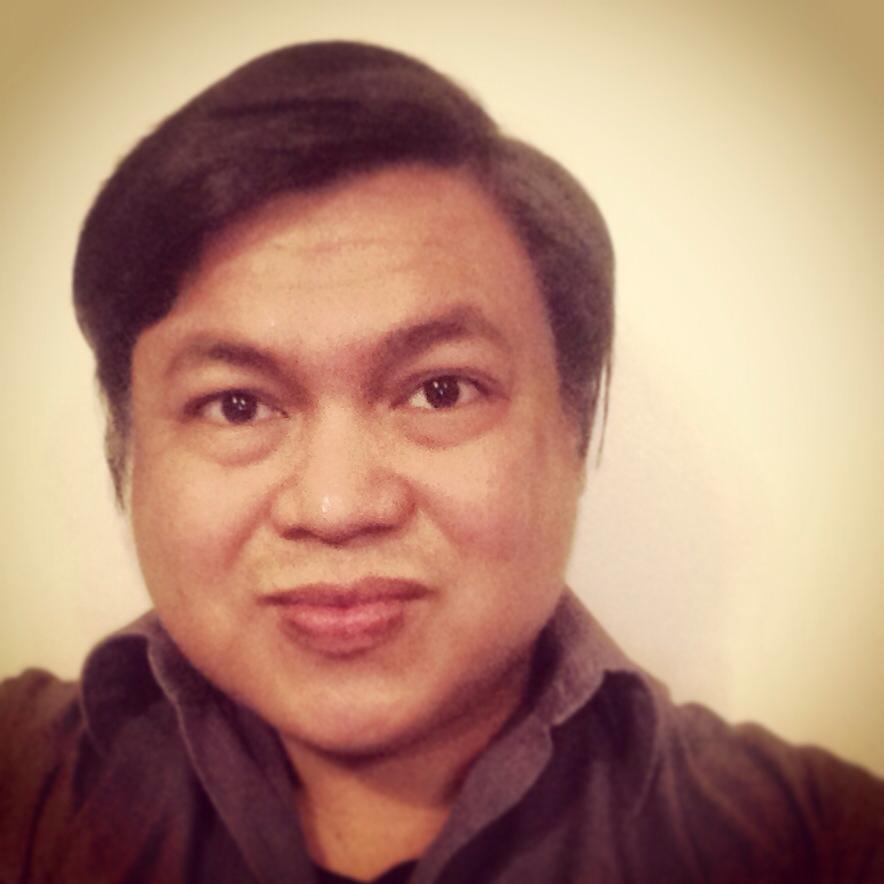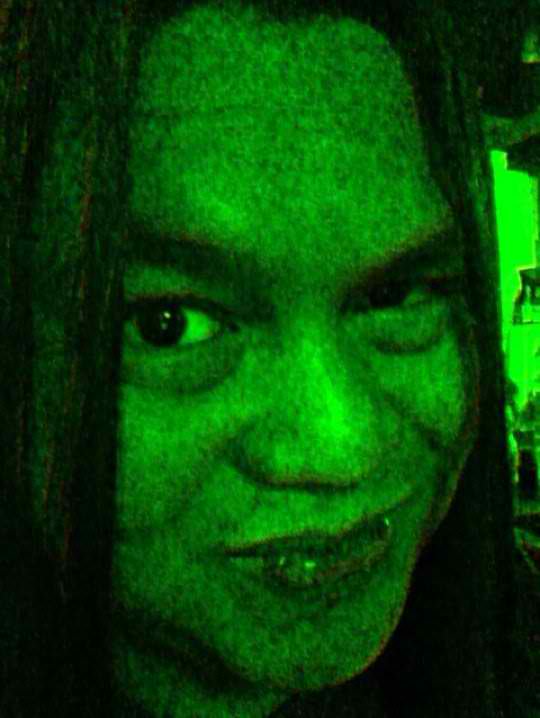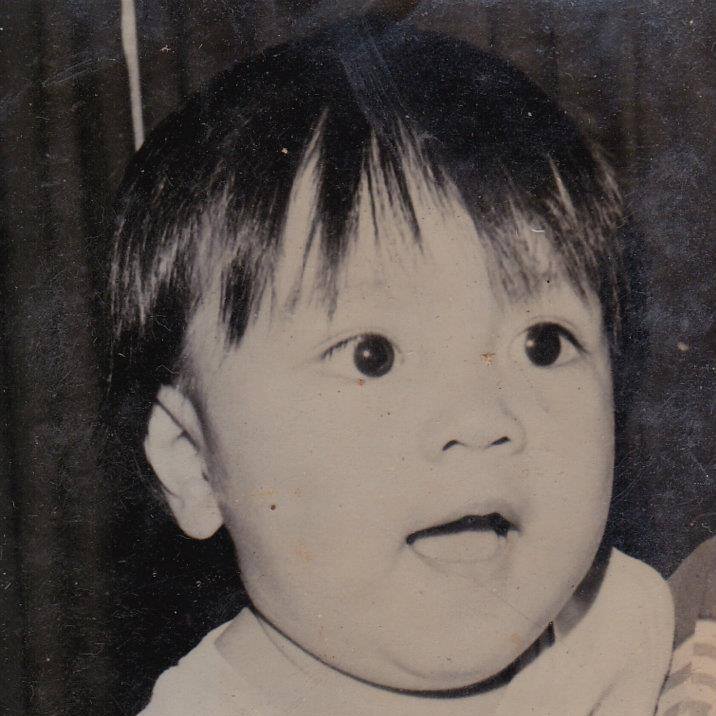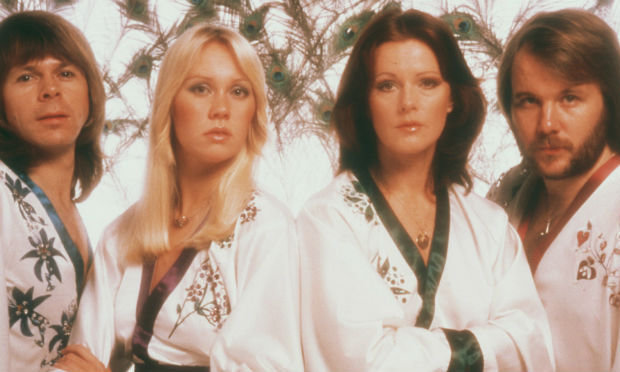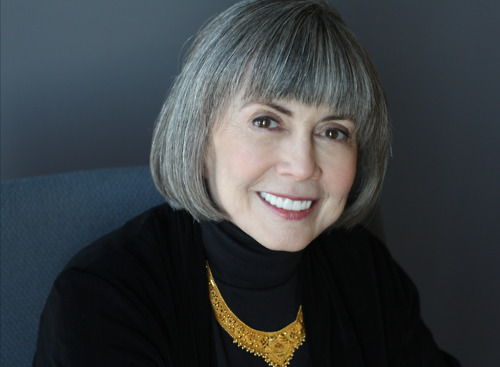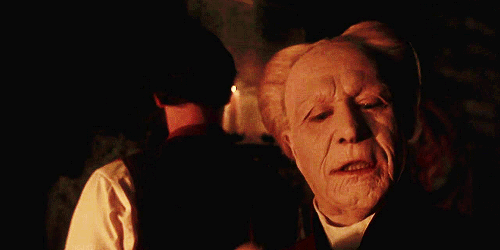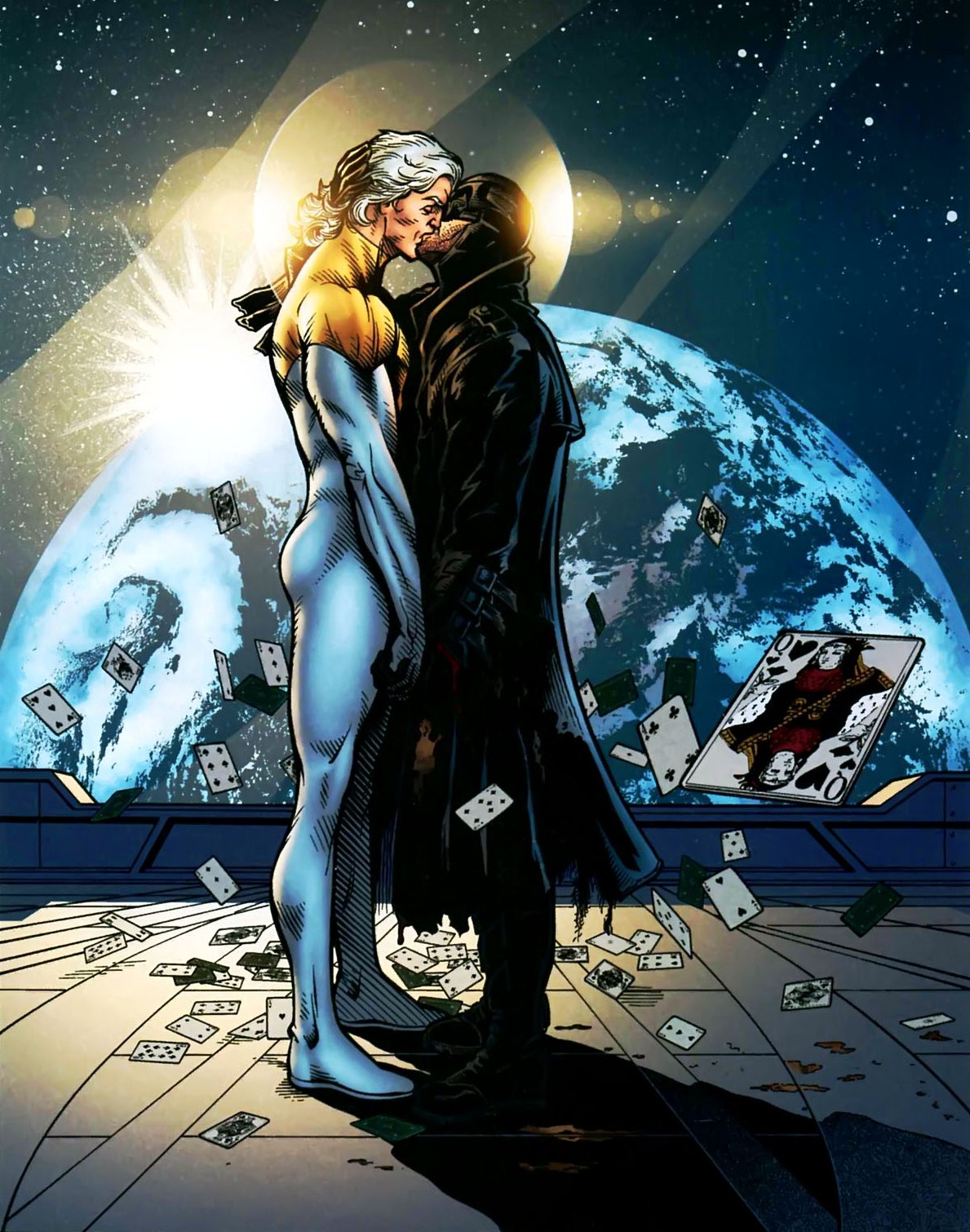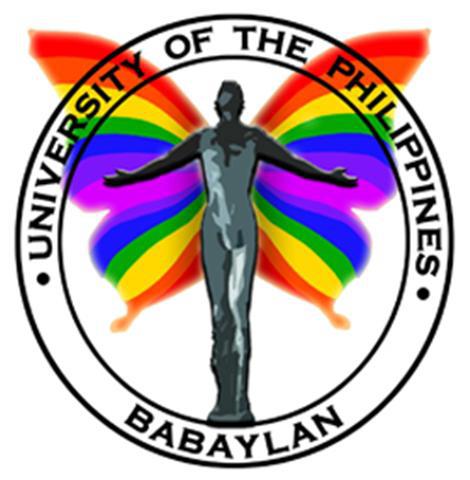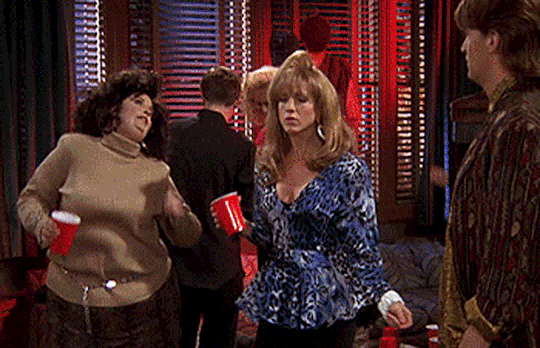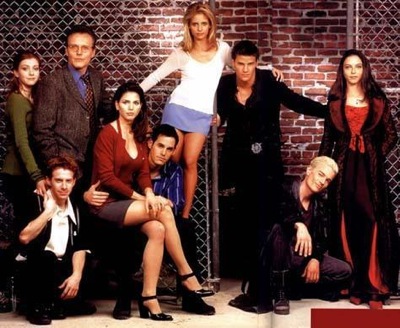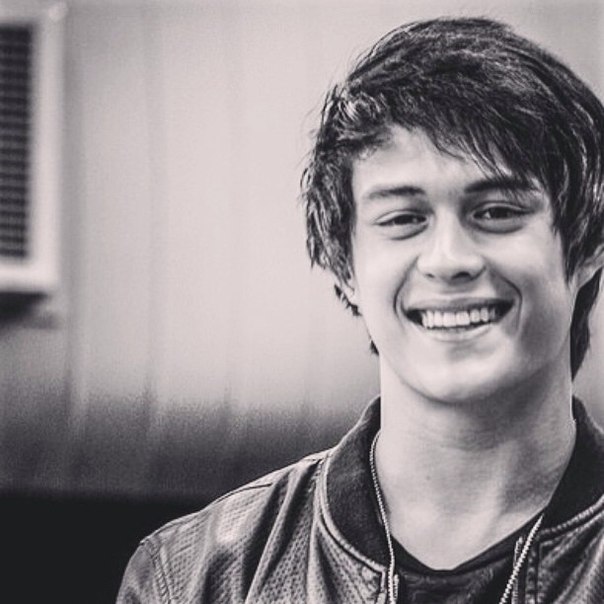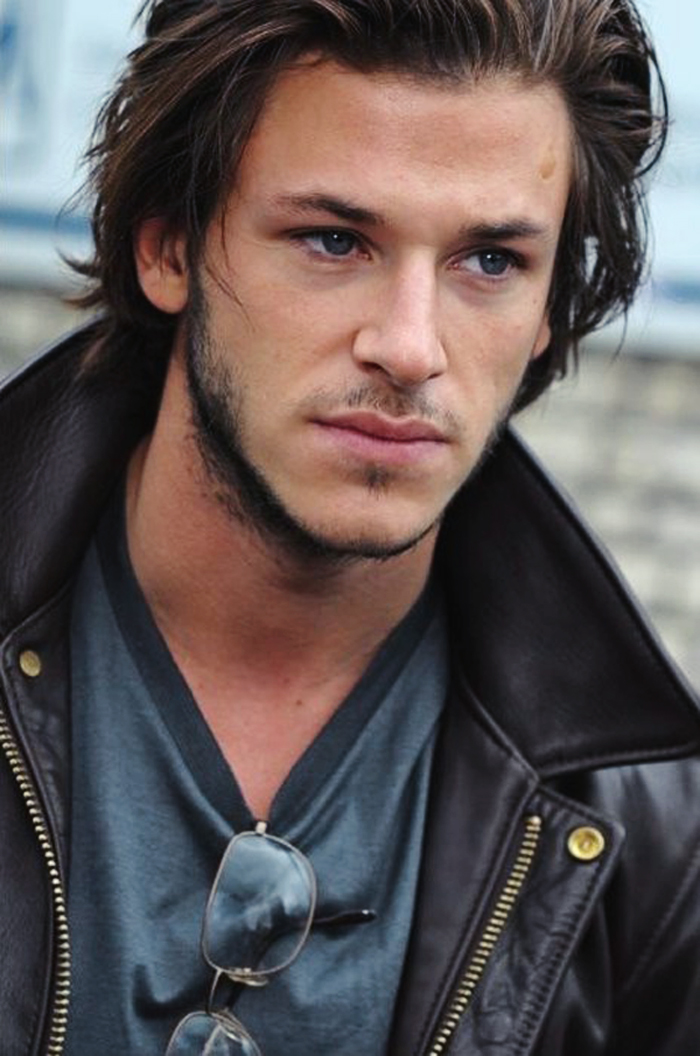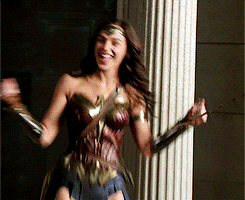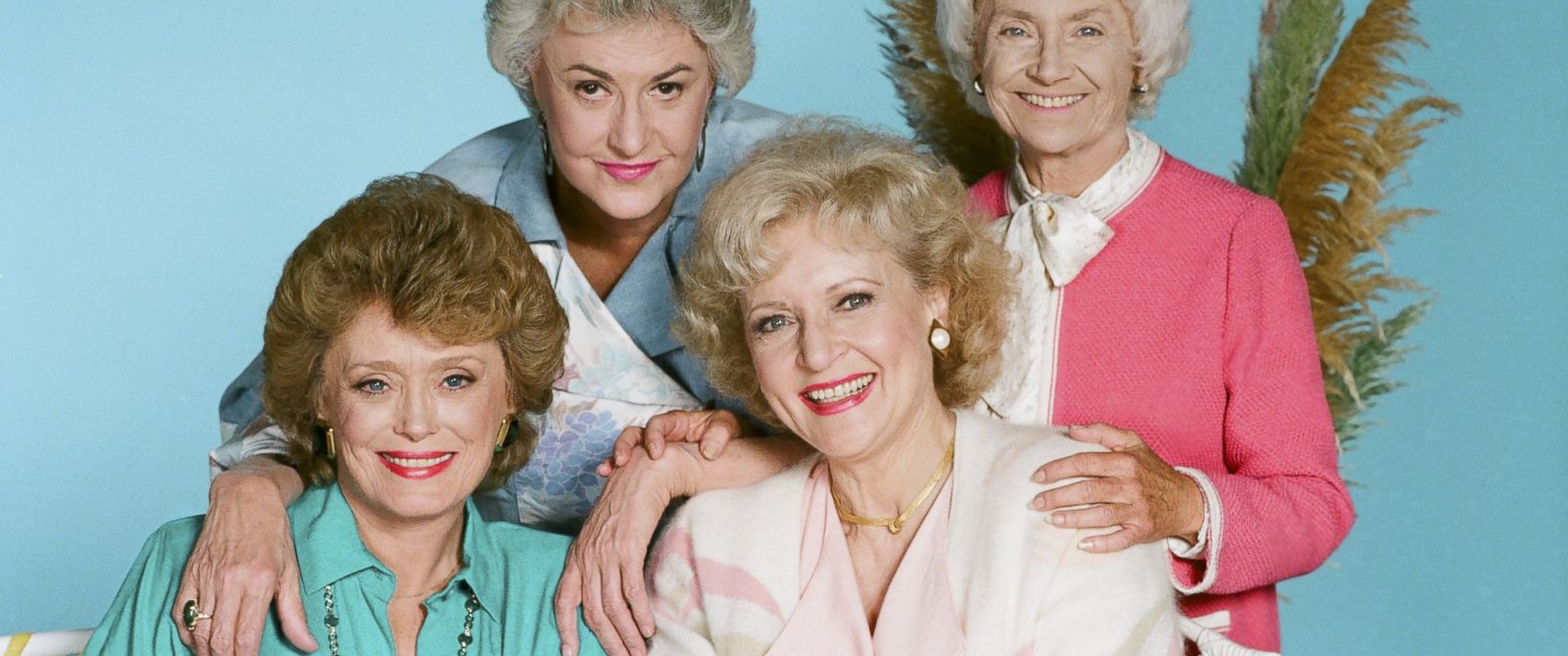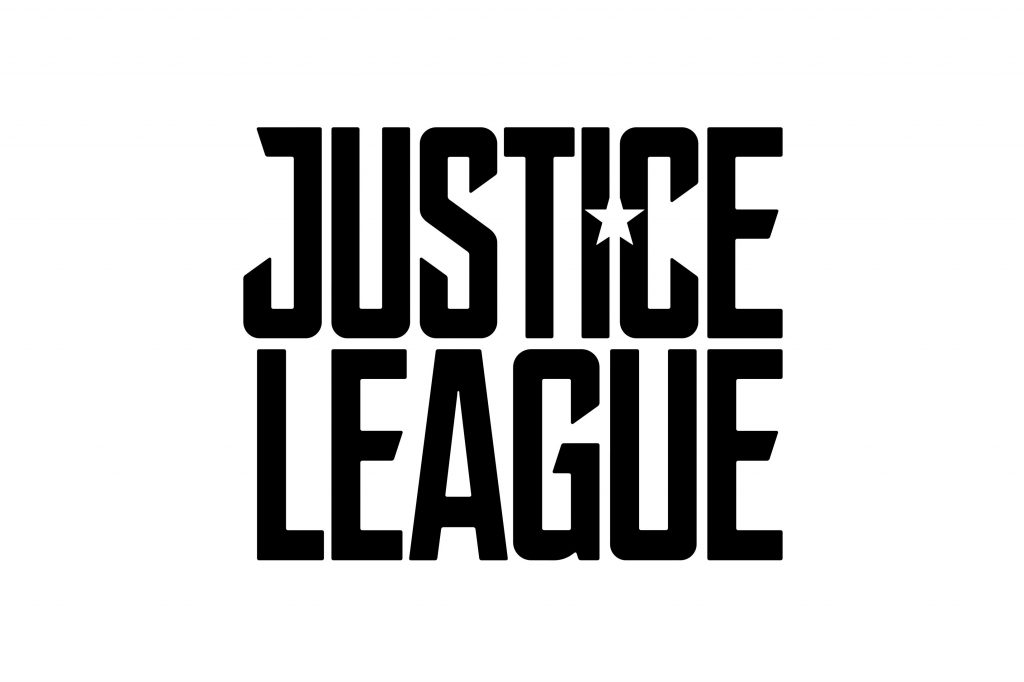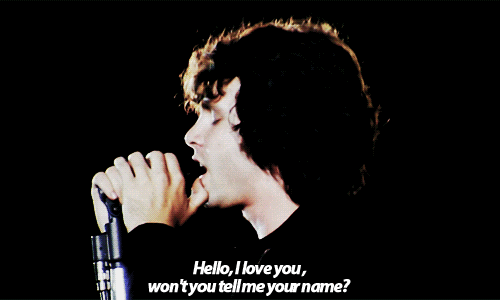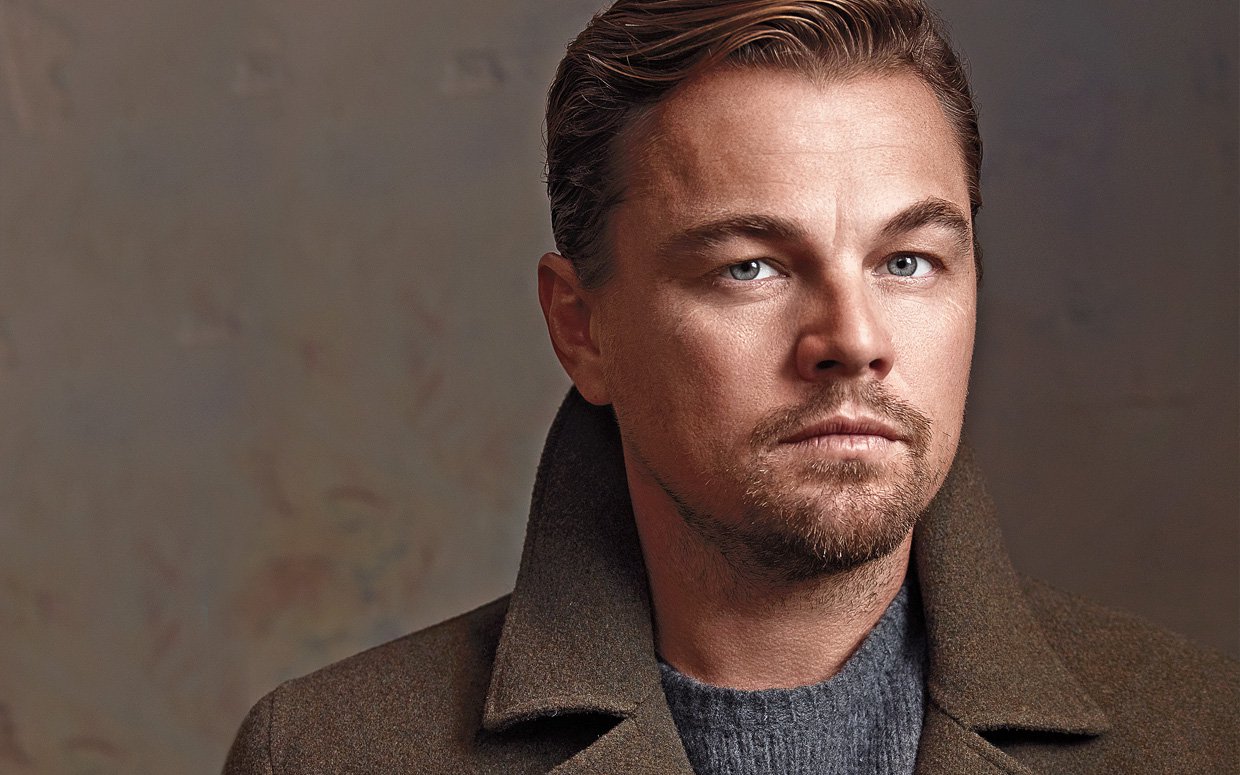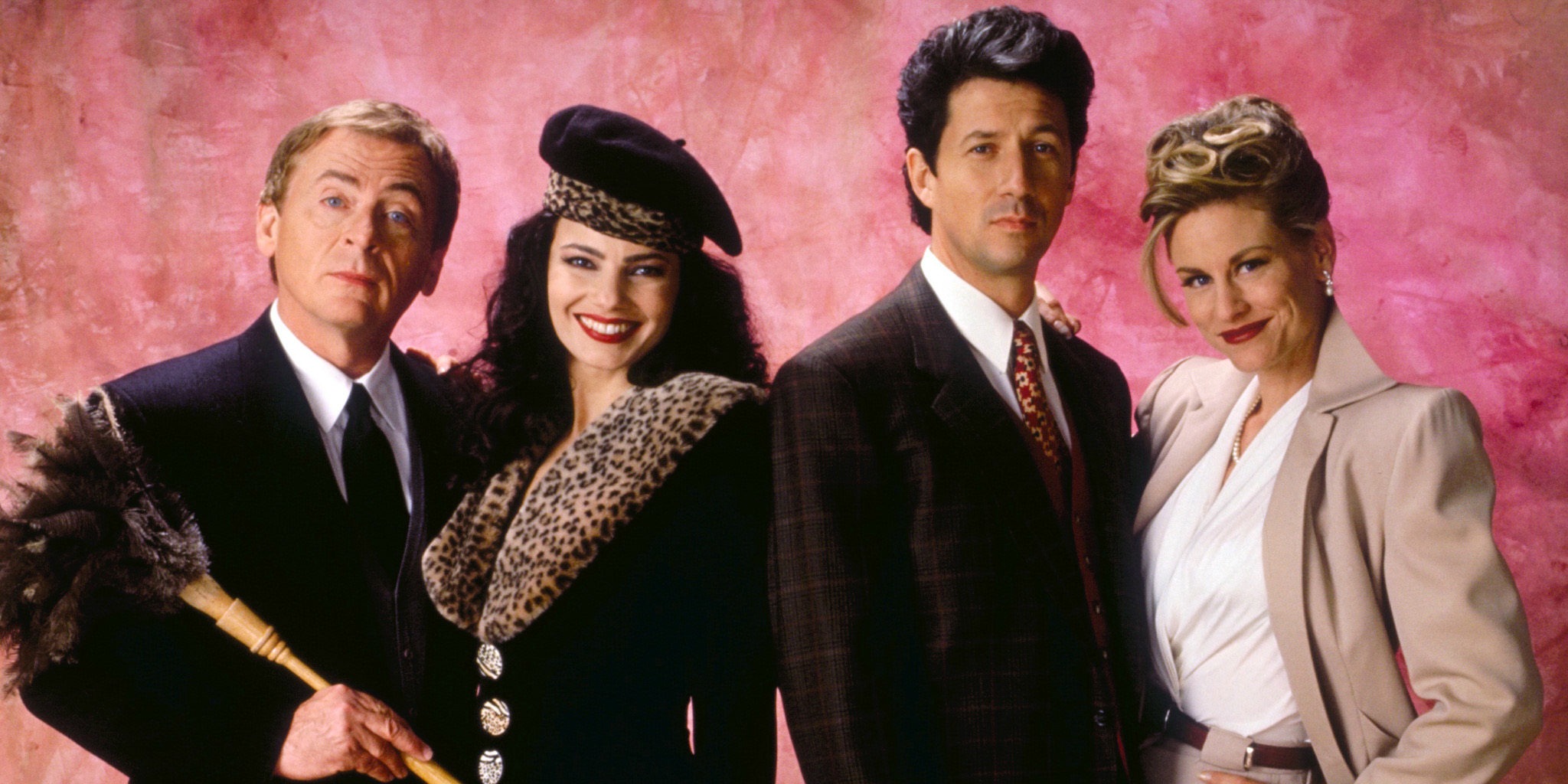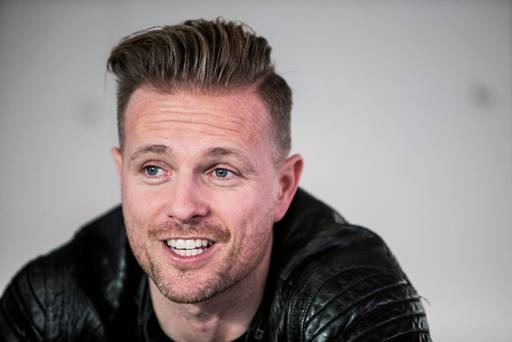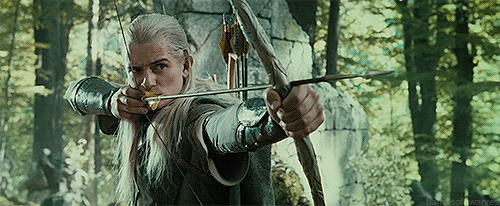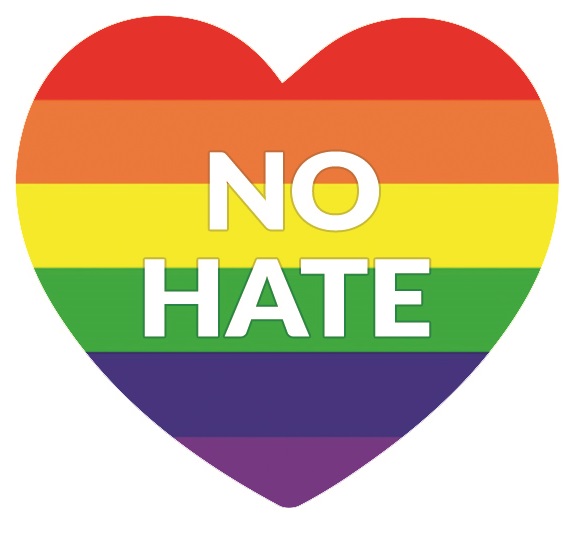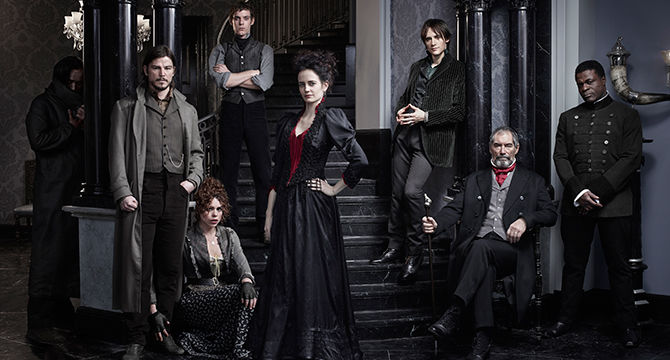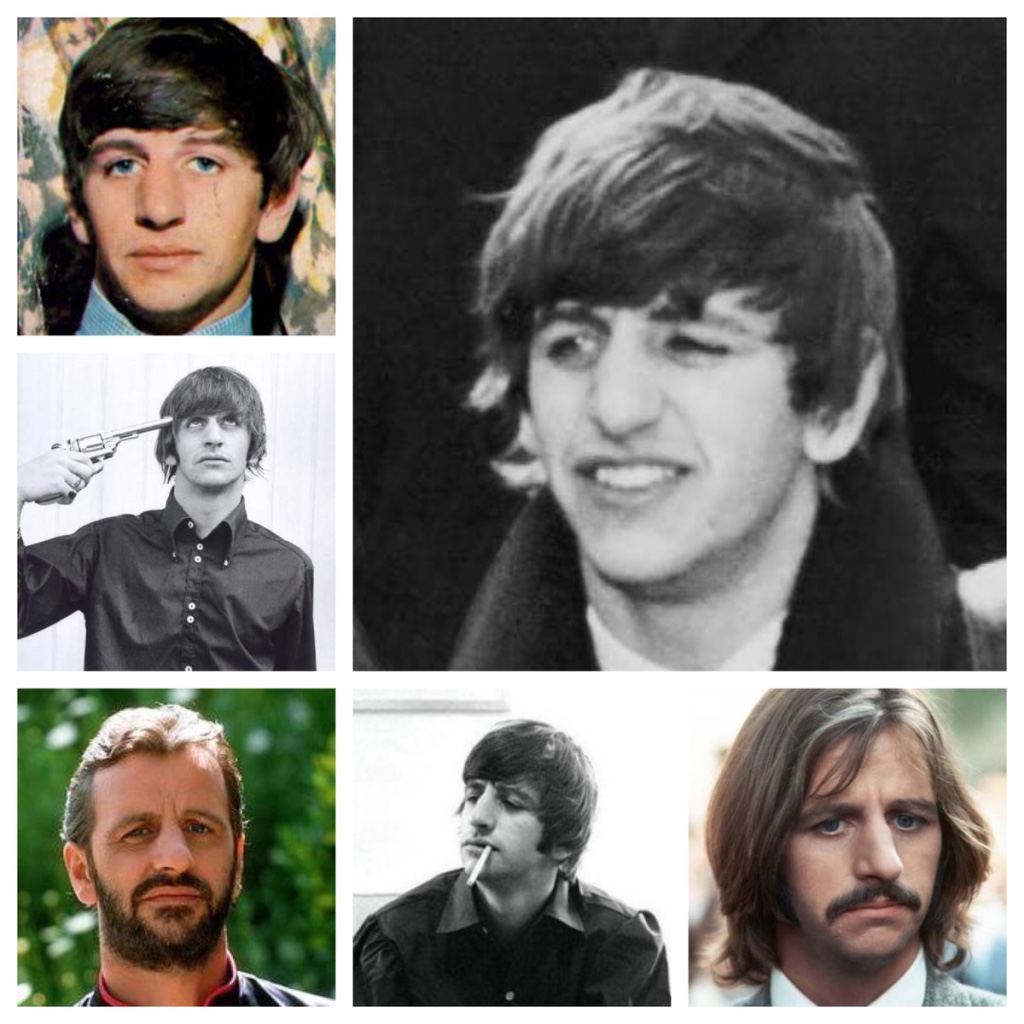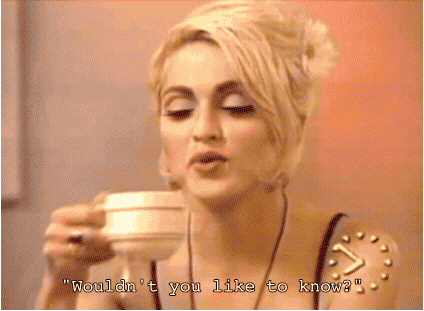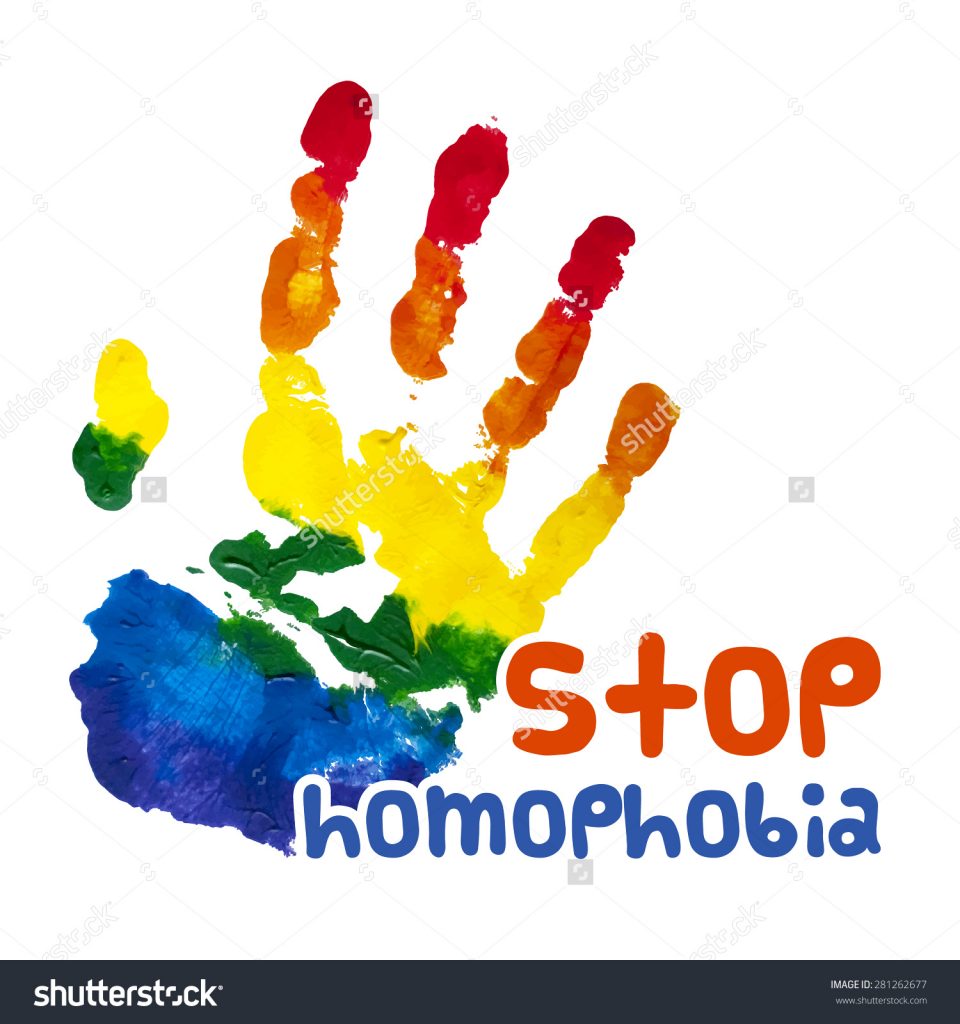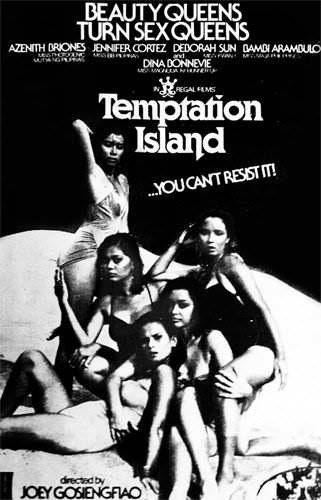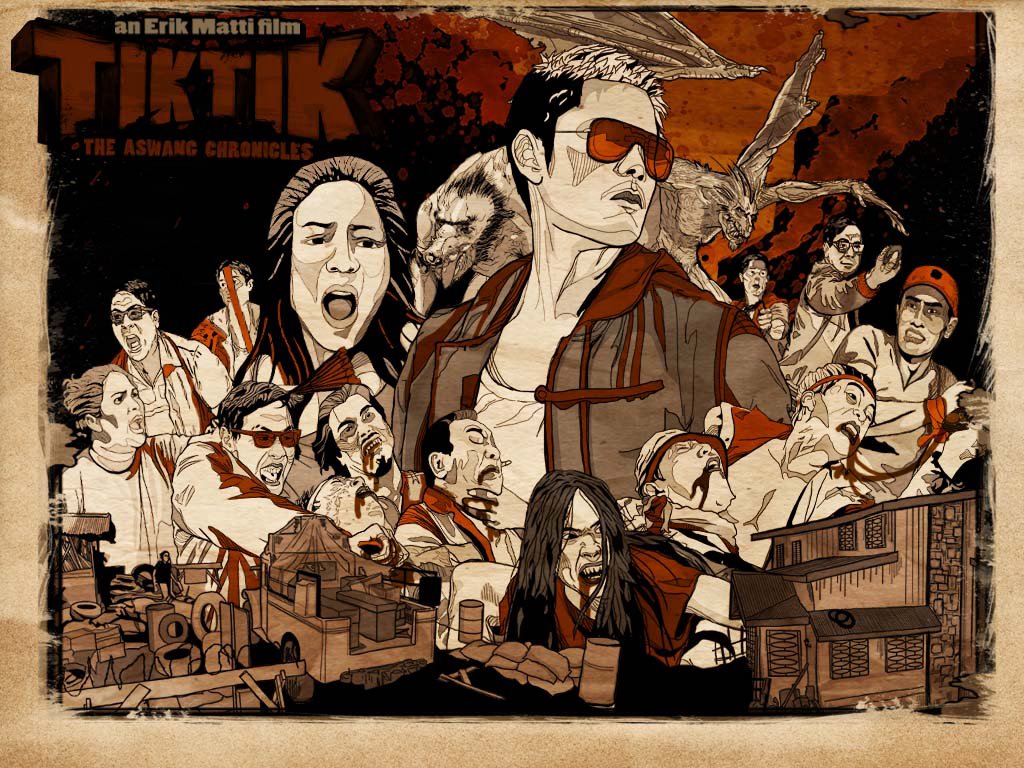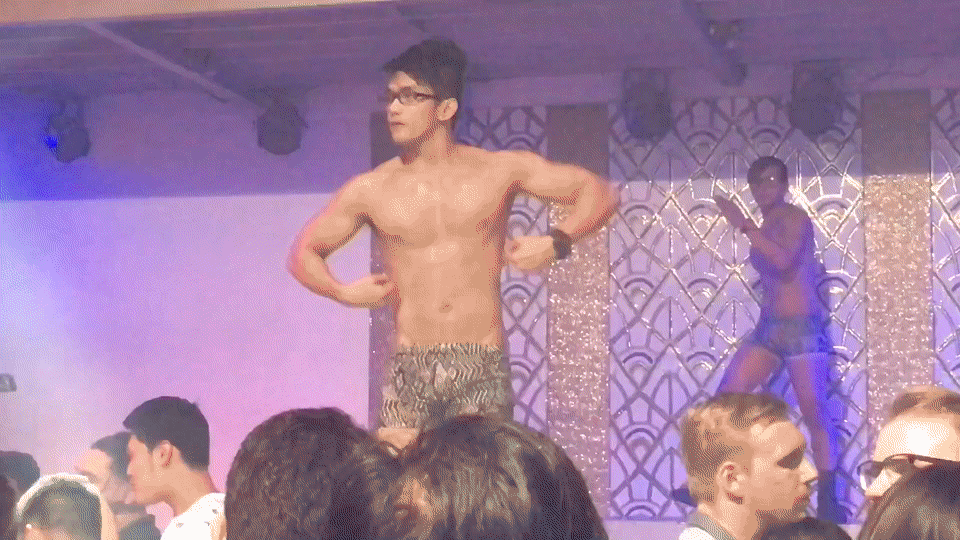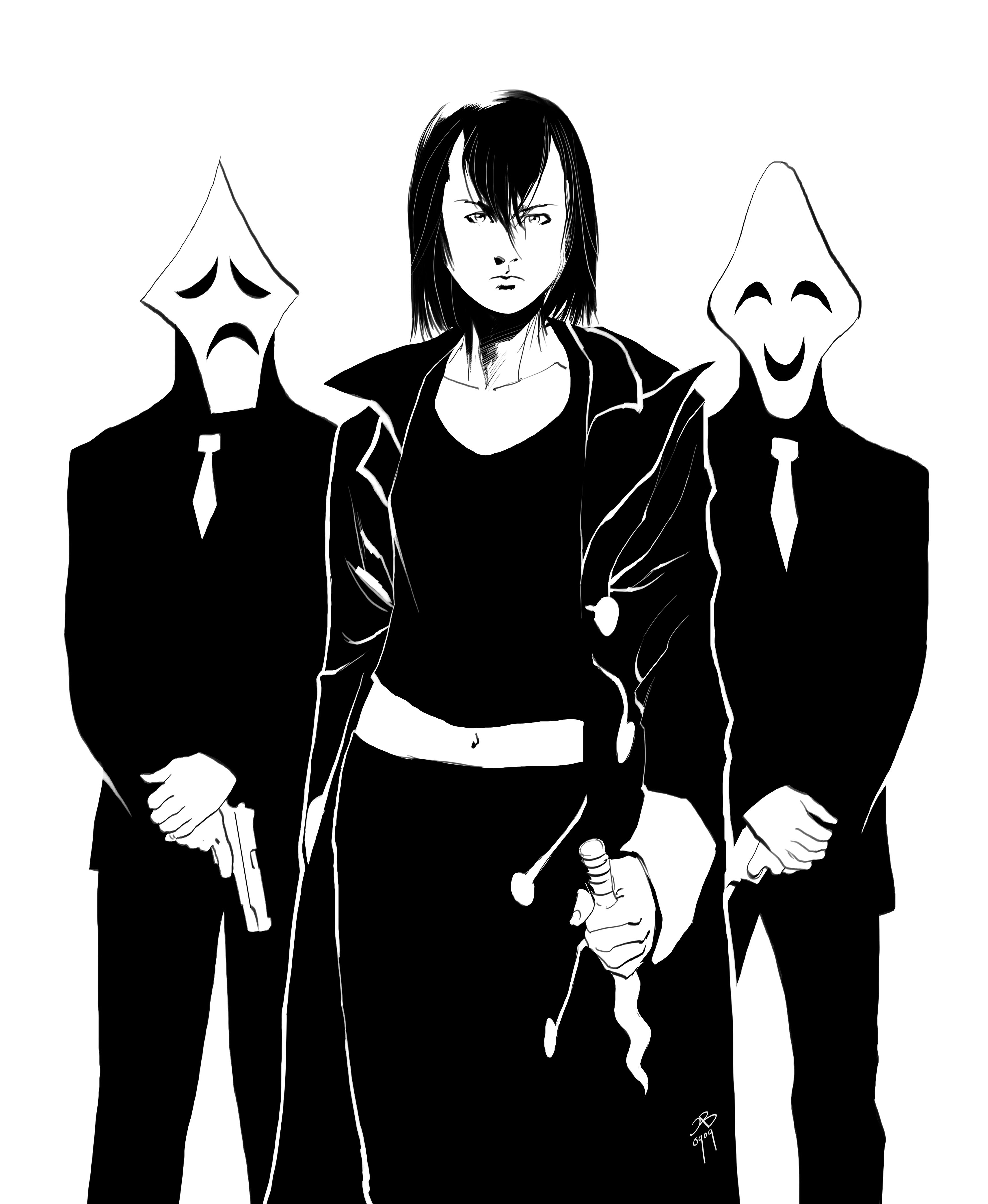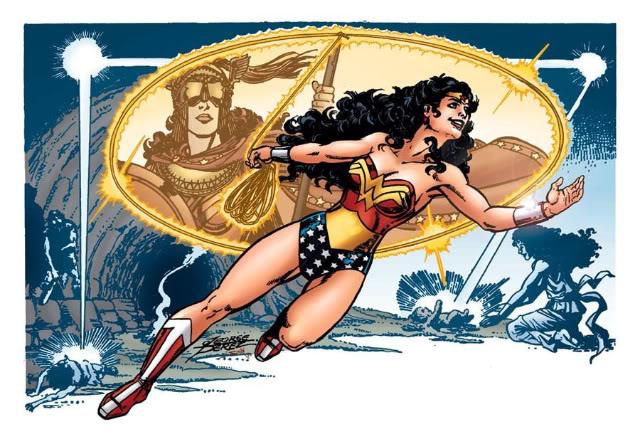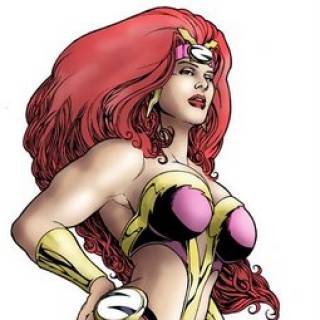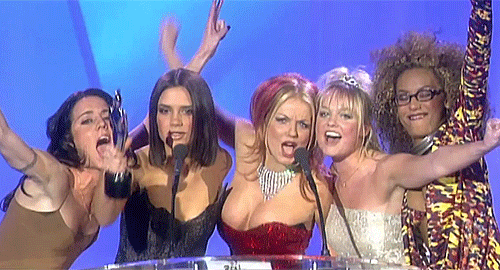Subtext Becomes Text
by allancarreon on Oct.01, 2016, under Geeky, Queer, Society
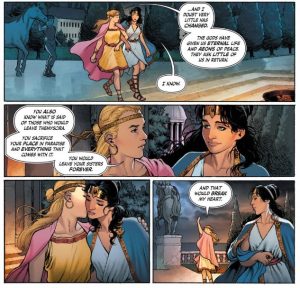 Recently, current Wonder Woman comic book writer Greg Rucka (who also had an acclaimed run on a prior volume of the book in the 2000s) gave an interview wherein he basically confirmed that Wonder Woman is “queer.”
Recently, current Wonder Woman comic book writer Greg Rucka (who also had an acclaimed run on a prior volume of the book in the 2000s) gave an interview wherein he basically confirmed that Wonder Woman is “queer.”
Of course, this made the rounds of social media, with a fairly good number of people praising the revelation. It is, after all, the natural progression for a character who has been seen as an icon for the LGBT community for the longest time and whose very roots are intimately tied to queerness.
As expected, however, a predictable subset of society that is ignorant at best and homophobic at worst also had their rant say. Negative reactions I’ve read ranged from the comparatively-mellow-yet-simplistic, “But she’s always been straight!” to the hysterical-and-simultaneously-moronic, “Why are we promoting porn in comic books for kids? Think of the children!”
Now, I’ve never been one to support unnecessary changes to a character’s sexuality (or race) for the sake of faux-diversity. I believe we should create new ones or else nurture existing minorities for a more sincere approach to diversifying the medium. For example, I hated it when they changed Alan Scott into a gay character for New 52 when his own son Obsidian was a canon gay character who had a very good queer arc throughout a decade and a half.
However, Wonder Woman has always been queer despite what others assume. People who are not aware of her roots instantly conclude that she is purely heterosexual character simply because she’s more known for dating Steve Trevor.
The fact is, starting from the 40s when she was created, the queer subtext and the S&M subtext of the character were right there on the printed page for anyone with critical thought to discern.
Fredric Wertham, that crazy idiot, was at least right about his reading of Wonder Woman as basically kinky; he was just wrong to demonize the character for it, particularly since it was an unconventional means of putting the discourse of female empowerment at the forefront during a time when it was not popular to do so. And really, what is kink if not queer in a larger cultural sense?
Wonder Woman was created by William Moulton Martson, a psychologist who also developed the lie detector test (yes, just like Wonder Woman’s lasso of truth). His ideas about sexuality and relationships were definitely not boxed in by our modern, Western binary notion of hetero/homo. Proof of this is that he lived within a polyamorous relationship with two women – his wife Elizabeth and their partner Olive. It is well-documented that these two ladies and their dynamics informed much of Wonder Woman’s early mythos; it’s even been said that Wonder Woman’s appearance was based on Olive, who also wore bracelets said to inspire the character’s own famous ones.
Moreover, anyone with critical thinking would have discerned the subtext that Marston created out of the character: here we have a girl growing up on an ancient Greek island with only women and who has never seen a man before Steve Trevor – and do we really think she’s fully heterosexual, especially in how we perceive “heteosexual” in the modern world? The concept of “heterosexual” wouldn’t even exist in her mind since she’s been raised in a single-sex environment. There is no “hetero” where there is no “other.”
It is just as sensible as Rucka writing into the story that Wonder Woman also struggled with the word “brother,” for there can be no “brother” where there is no “male.” It might not be immediately apparent, but these are little nuances that you realize make sense once you dig deeper into the implications of the kind of society Wonder Woman grew up in.
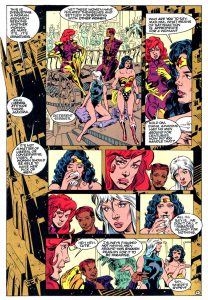 Let’s also not forget that the ancient Greeks, whose culture influenced the comic book Amazons, were about as queer as you can get, and our modern ideas about heterosexuality and homosexuality just never existed in their minds. (We should also realize that these two labels were only coined within the last 200 years.)
Let’s also not forget that the ancient Greeks, whose culture influenced the comic book Amazons, were about as queer as you can get, and our modern ideas about heterosexuality and homosexuality just never existed in their minds. (We should also realize that these two labels were only coined within the last 200 years.)
Here is also an important thing to note, given that a number of ignorant folks seem to have misinterpreted Rucka and assumed he said she’s a lesbian. Nowhere did he say she is outright lesbian; Rucka described her as queer. Long-time readers will know that she also has had a relationship with Steve Trevor and once dated others like Keith Griggs and Trevor Barnes; in other alternate stories, she’s had relationships with Superman, Batman, and Aquaman.
These opposite-sex relationships do not automatically negate the character’s inherent queerness; in fact, they elevate it. To someone like Diana, heteronormative concepts about sexuality just would not exist because her culture is a single-sex environment that does not support such notions.
If some people have a problem with the queer subtext of WW, they should take it up with Marston, her original creator. Subsequent writers such as Perez, Jimenez, Morrison, and Rucka have only extrapolated on what has always been there. To paraphrase Buffy‘s awesome Rupert Giles, Rucka has only caused subtext to be text.
Now, if one is too dense to understand subtext, then perhaps one should be reading comic book characters less complex than Wonder Woman.

